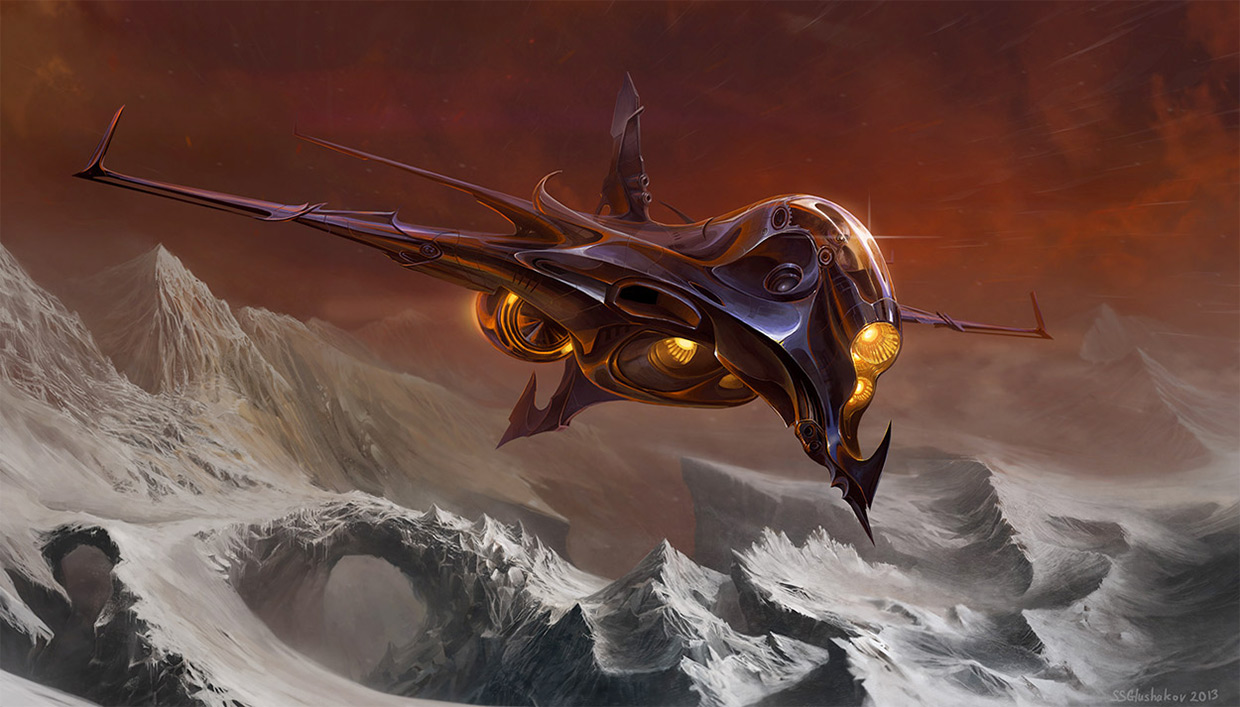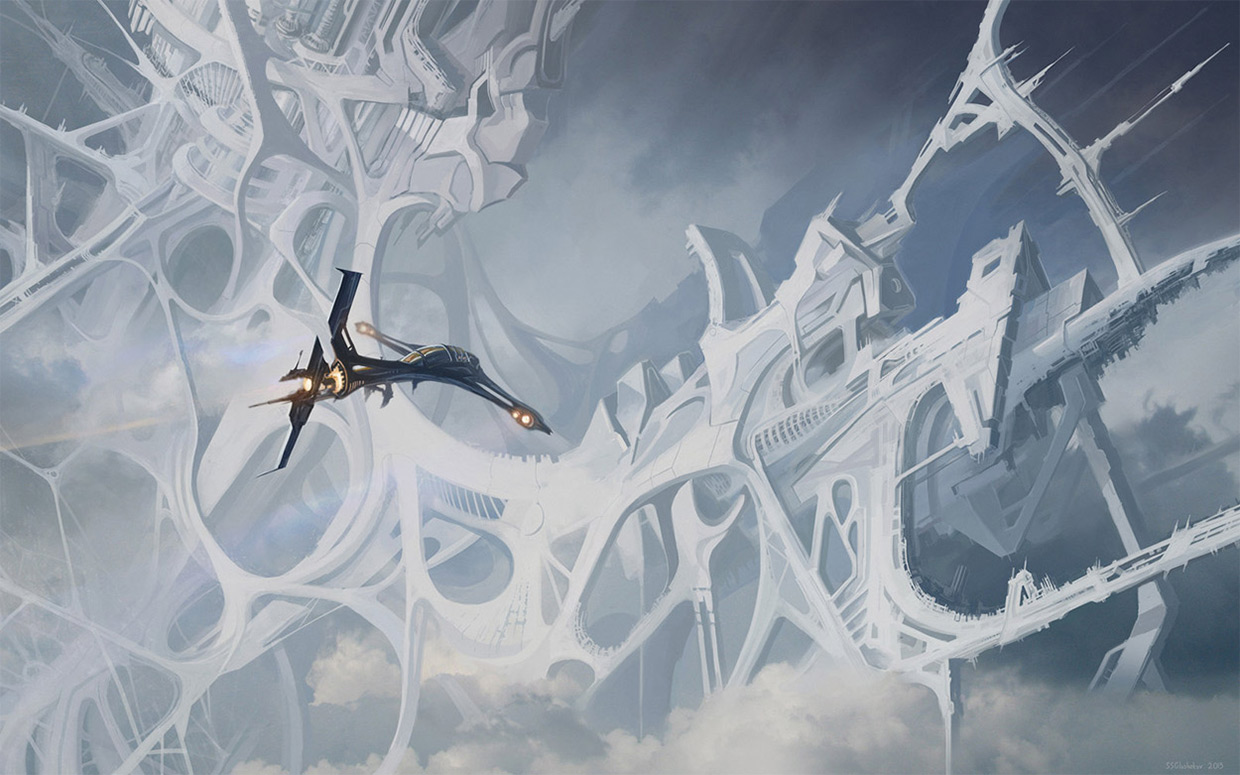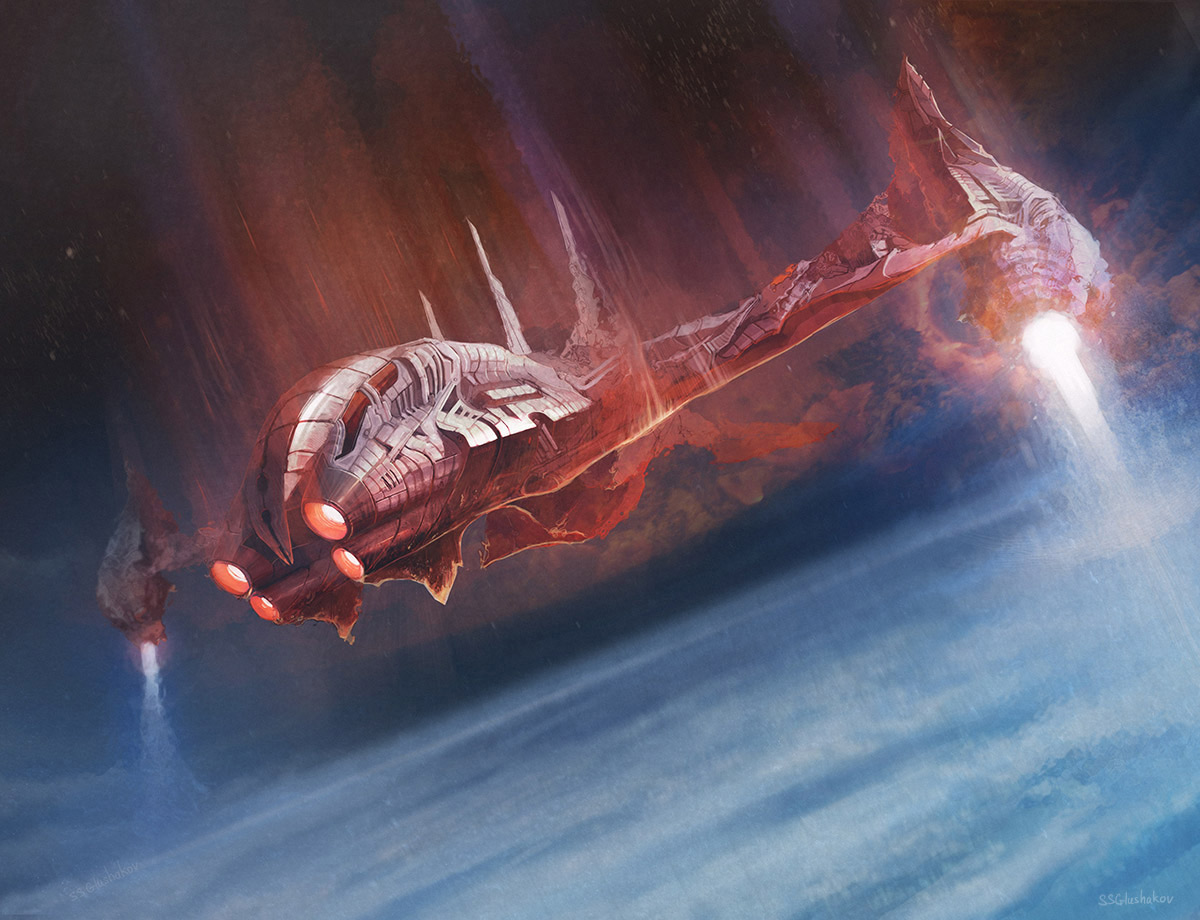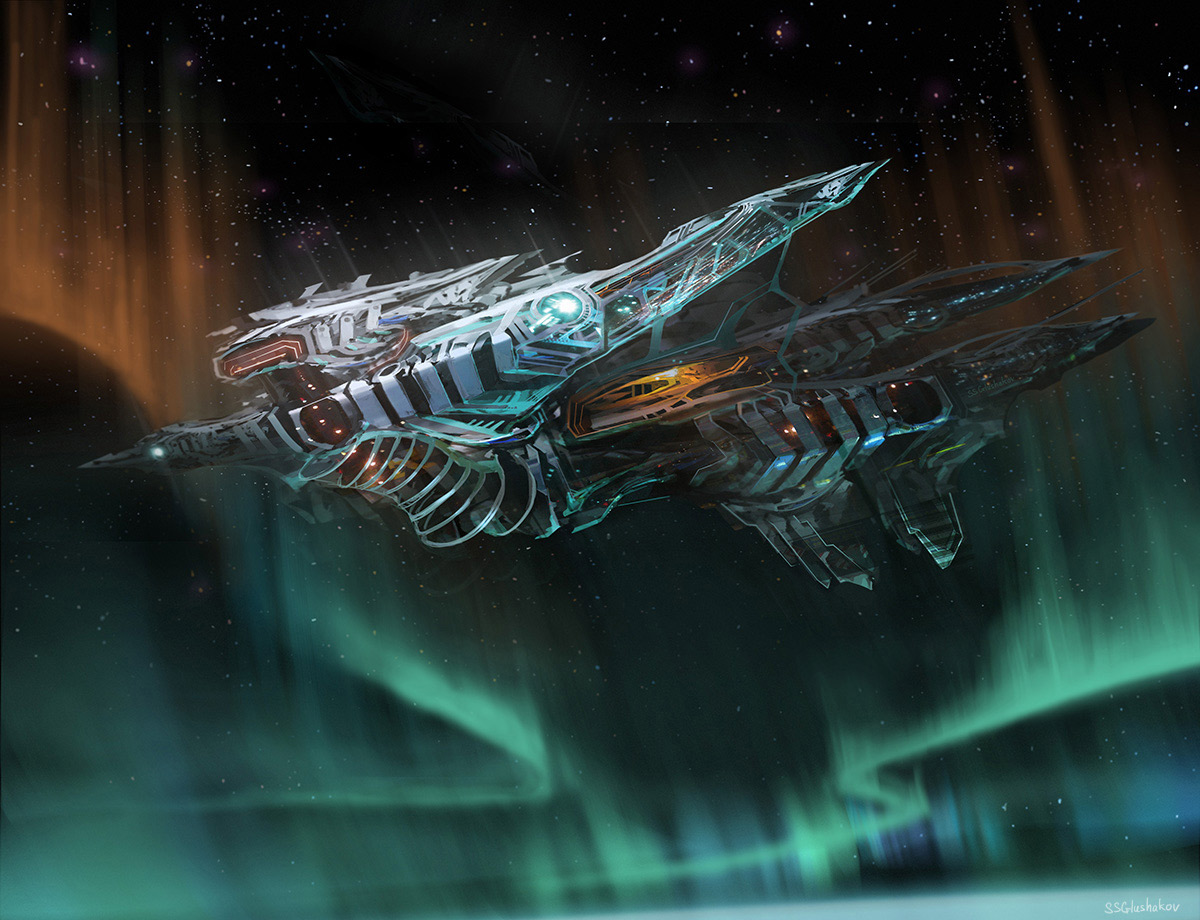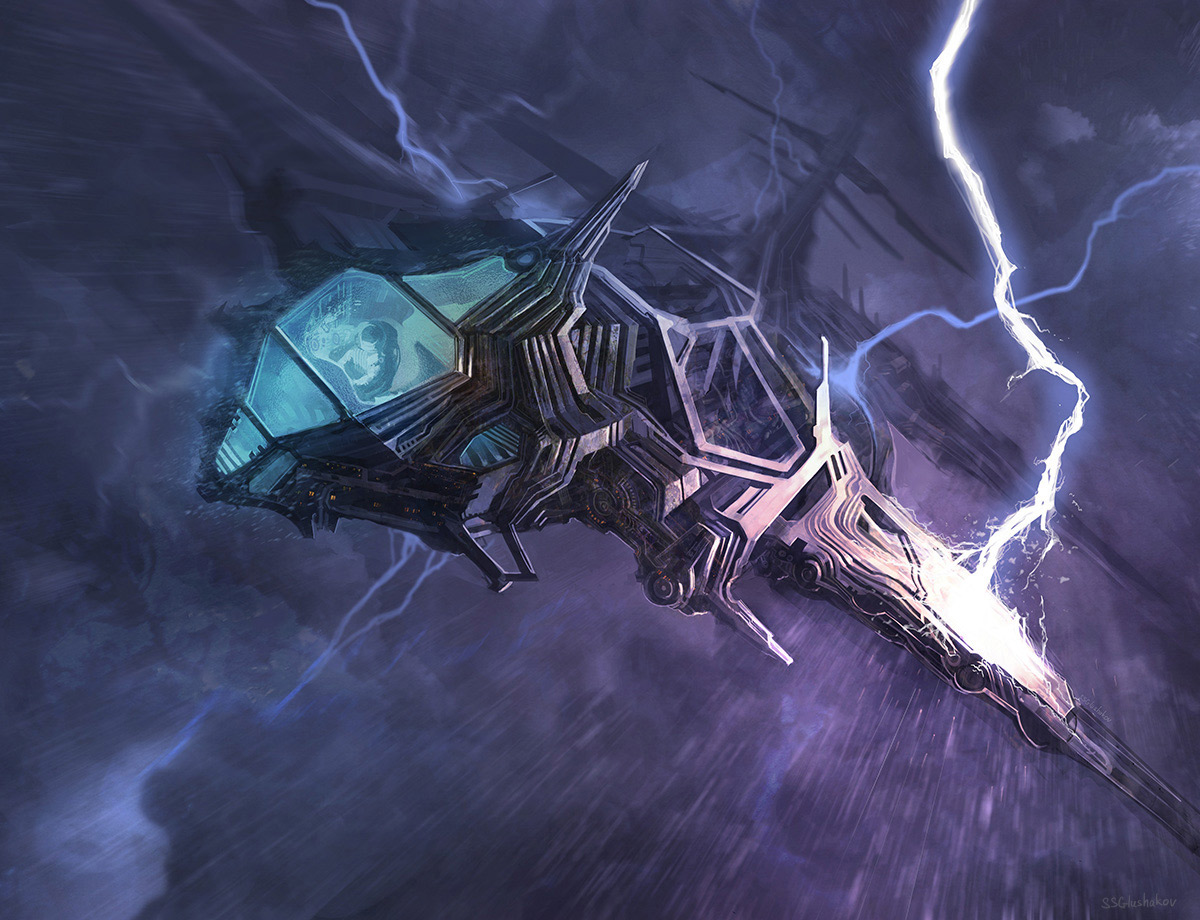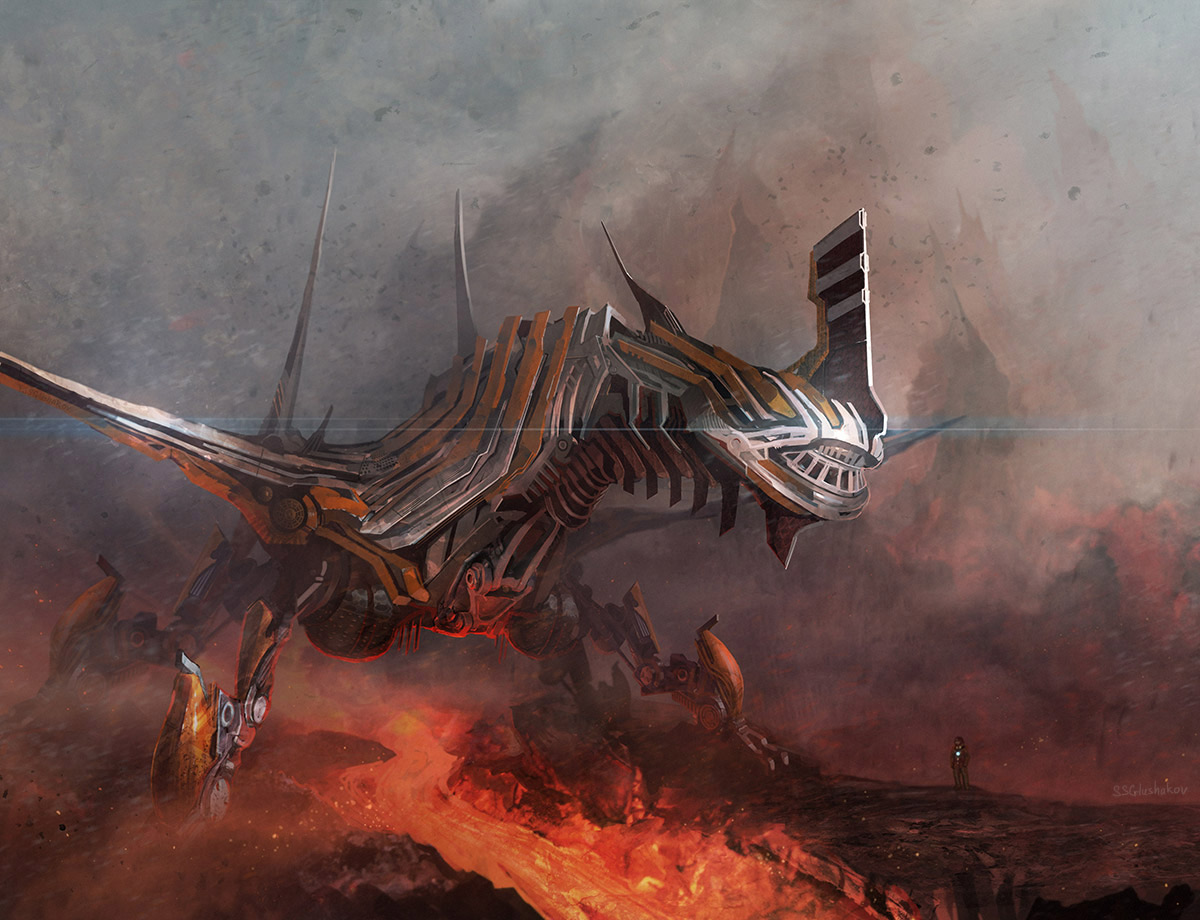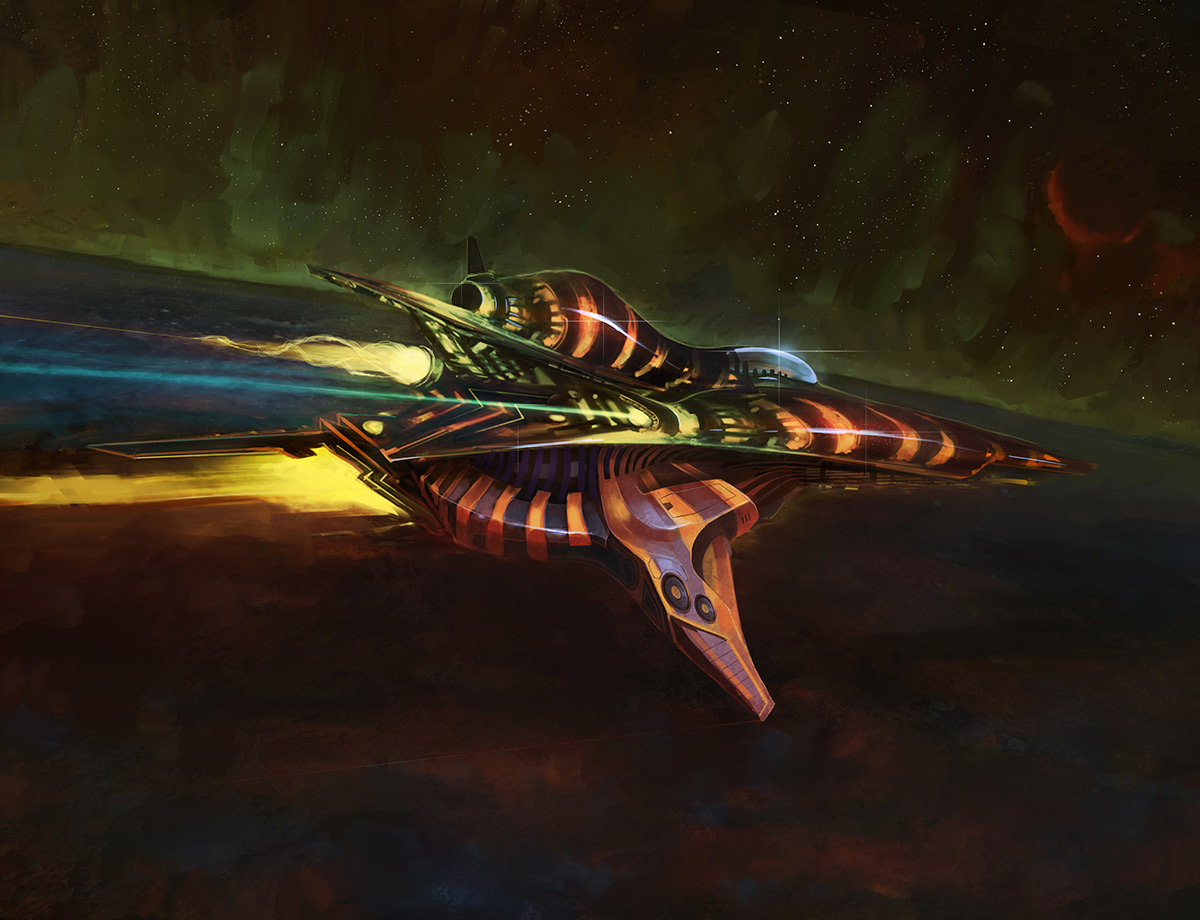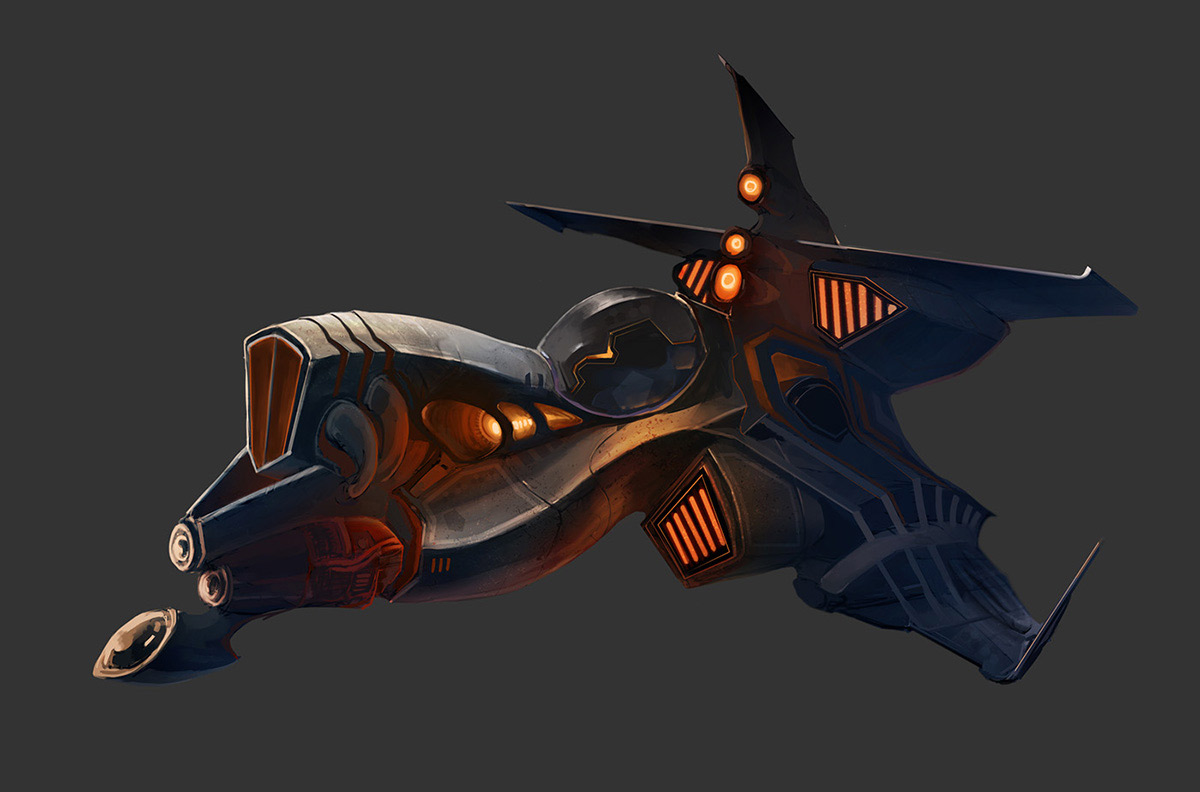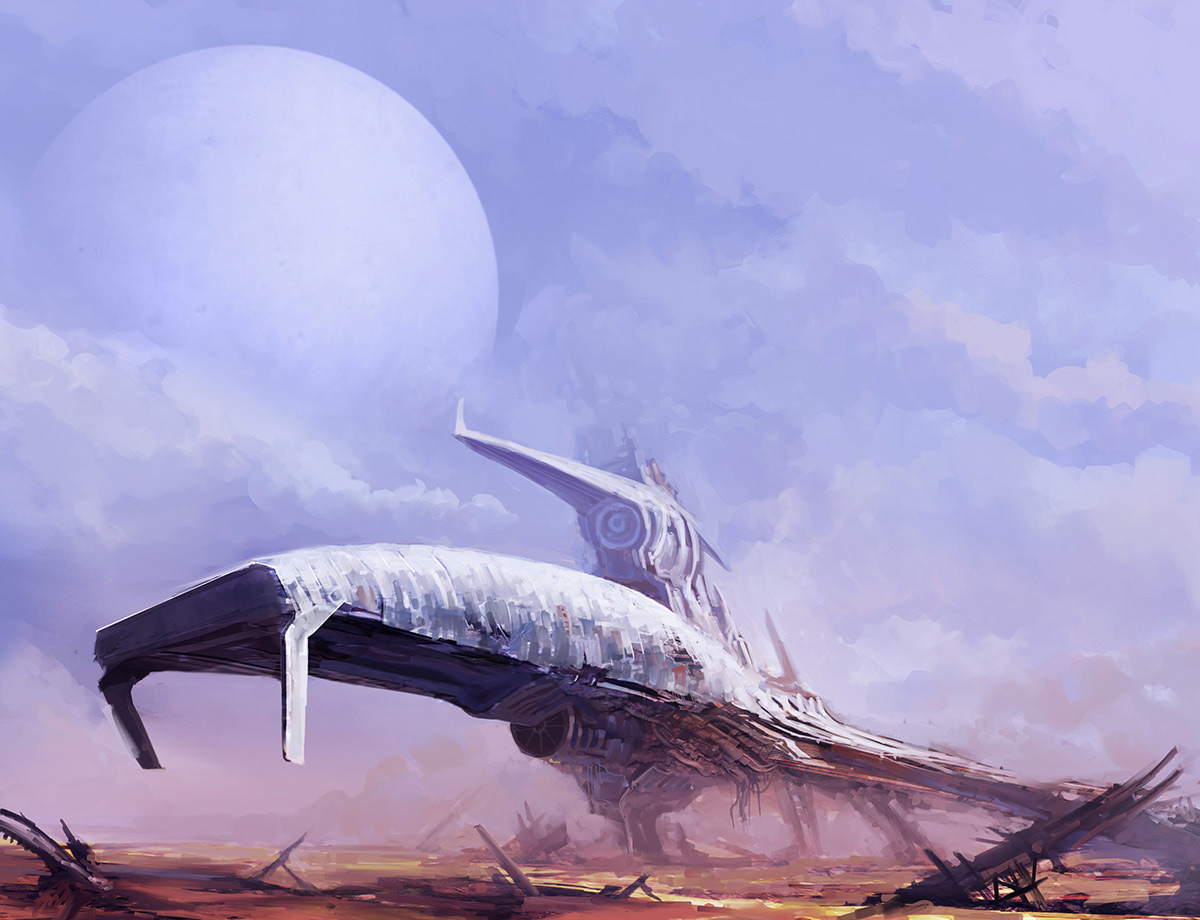Welcome to the first installment of The Border House’s “On the Border,” a new bi-weekly column that aims to bring to the forefront the accomplishments of the many talented and accomplished designers, developers, writers, producers, and artists that come from diverse backgrounds in games via compelling and in-depth interviews detailing their work, their history, and their thoughts about relevant subjects. “On the Border” will take particular effort to seek out members of typically marginalized, minority, or otherwise overlooked groups that have done and are doing great work in games. Finished, each column will be a positive and thoughtful treatment of their past and present, as it relates to games and playable media.
There has been controversy and negativity in the press lately around sex, race, and other minority topics. Through “On the Border,” The Border House would like to promote a purely positive lens through which to view these topics, and to remind the world that, though it has its share of stumbling blocks, diversity is ultimately the catalyst for creativity, change, and amazing progress in all respects!

Interactive fiction author Christine Love, striking a standard portrait pose in a cranberry sweater complementing her multi-hued pink hair.
On the Border’s inaugural column profiles Christine Love, an interactive fiction writer and game developer whose works, including Digital: A Love Story, don’t take it personally, babe, it just ain’t your story, Even Cowgirls Bleed, and Analogue: A Hate Story, are prolific in the IF community. Writing about such personal topics as relationships, queerness, and life on the fringes, her work reads very honest and transparent, making for a great connection between writer and reader.
Love, a Toronto native on a path studying English literature at Trent University with aspirations of becoming a novelist, fell into games after her first widely-viewed release, Digital, garnered much praise and attention. As a newly-minted developer, receiving offers left and right for funding, Love dropped out of university and began work on her first commercial piece, her “weird feminist visual novel” Analogue: A Hate Story, which was also received very well by critics and community.
Since her recent successes, Love has been active in the community, attending conferences such as the Game Developers’ Conference (GDC) and the Toronto Comic Arts Festival, all while promoting her released games and working on her upcoming title, Hate Plus. On the Border sat down with Love to discuss her work, her design process, and her experience as a breakout interactive fiction artist.
The Border House: It’s nice to meet you, Christine!
Christine Love: Yeah, nice to meet you!

Love in a cute pink dress posing pensively next to a large picture window.
TBH: So what is the creative process like for you in crafting a piece of interactive fiction?
CL: First, I have an idea for something that might make sense as a story that requires interaction. Then I start doing research: for Digital, it was a lot of reading through 1980s text files, like primary materials from there; for Analogue it was reading through a lot of historical documents- a lot of letters that were written in the Choson dynasty. And while I’m doing that, I’ll get started on the UI. The UI comes first, I feel like it’s the important thing. Once that’s done, I pretty much try to finalize it as much as possible. So when I start putting the words in I know instantly what it’ll look like to the player. And at that point it’s just a matter of sitting down for a long time and just writing many words. And once that’s done there’s a bit of testing, and it goes out. Mostly, just lots of writing. For something like Analogue, lots of drinking and lots of writing. [laughs]
TBH: What’s the lengthiest part of your writing? Is it the writing, or the research, the testing, the drinking?
CL: It’s the writing. The vast majority of it is spent writing. I spent maybe 2-3 weeks working on the codebase for Analogue, then months of writing.
TBH: So you created some of the code for Analogue yourself?
CL: Yeah. It’s built on top of Ren’Py, which handles the visual novel aspects of it, but all the going through the log files parts, and the terminal–that’s all stuff I had to develop myself, and it’s pretty extensive.
TBH: How do you like coding?
CL: Honestly, it’s the fun part for me! I actually enjoy programming a lot; I don’t enjoy writing at all, so it’s sort of a little frustrating-
TBH: What??
CL: Writing isn’t fun to me, it’s work! I like telling stories. I like having a finished story, I like showing that. But, the process, like the getting there… I do not enjoy that very much at all.

A screen in Love’s Analogue: A Hate Story, featuring the game’s main character, *Hyun-ae.
TBH: Wow, I’d never guess that. Because your stories seem so emotional, and definitely there is a connection between the reader and the writer, and usually in writing like that you’d think the writer would be putting a lot of emotion, I mean maybe you do-
CL: I do, for sure! I don’t enjoy the process, but I do definitely get into it, which is why Analogue and Hate Plus have been so hard to write. Getting into the heads of people who have really deeply-internalized misogyny and other problems, it just feels so bad having to empathize with this awfulness for extended periods of time, and it’s not a pleasant headspace to be in. But getting into that is a huge part of writing that sort of story.
TBH: Have you ever created or attempted any other types/genres of games?
CL: I’ve done this jam called Comics vs. Games, where I worked together with a comic artist who did this amazing art for what was a turn-based Victorian-era fighting game, and it looked great. It sort of didn’t handle very well; I didn’t do a great job on the coding parts, which is kind of unfortunate. But it was fun to do, and I would definitely love to especially like with my larger-scale stuff I’d love to move out of visual novels. I think after Hate Plus and maybe- there’s one more project that I’d like to do that’s a visual novel, but- like- past that I feel like it’s not a medium that I’m bound to, it’s just the medium that it’s easy for me to do with my skill set. Like for action games it requires a lot of art. That’s really just the thing, it’s not the- it’s not that I don’t have ambition for that, it’s not that I don’t have desire for that, it’s just- it’ll be a matter of learning how to do it, and how to work with with someone else doing a lot of artwork.
TBH: Yeah that’s exactly my problem too: I’m a computer science student so I know how to code and I have the tools available, it’s just the art. I’m working on one that has very abstract, really geometric art but that’s all that I can really manage.
CL: Well- hey- Thomas Was Alone. Clearly geometric art works very well!

A shot from Love’s Digital: A Love Story, depicting the typical desktop view of the game.
TBH: Yeah. If you have art like that the design just really has to be spot on.
CL: I mean, there’s a lot you can do to work around that weakness. Like for me personally, Digital was done all on my own, so as a result it was styled after a computer, and that was my excuse for not having a lot of art in there. For don’t take it personally babe I used a lot of art that was freely available, and it sort of worked out okay. My Twine stuff- there’s pretty much no visuals other than the geometric forms and some nice fonts.
TBH: How was your experience with the Ren’py engine in particular?
CL: It’s really great to work with. I have a programming background, so I don’t really have much trouble, but it’s also really easy to work with if you don’t have any sort of programming background at all. Basically, you just write things in a script format, like a written script, and it handles the graphics and such for you, which is really good to work with. I’ve been sort of pushing the boundaries of what it can do, and sometimes it works okay, and sometimes it just makes things really difficult for me I think I’m gonna move away with it once I’m done with visual novels. But, it is really good, and I’d really recommend it for anyone who wants to do a game but doesn’t really know anything about programming.
TBH: How has it been adjusting to the accolades and admirations that you and your games have garnered?
CL: It’s- um- really weird. I still don’t know how to deal with it at all. [laughs] I’ve had more than one person just approach me on the subway, recognizing me, and they were fans, and- I don’t know how you deal with that at all! It’s very confusing to me. And, likewise, I don’t understand going to GDC and the people who are my idols, know and like my work, and are inspired by it. I don’t know how to parse that at all. It’s very weird to me.
TBH: Well congratulations, it’s quite an accomplishment!
CL: Yes, I’m immensely grateful. I feel like I’ve gotten very lucky to be in this situation. It’s still weird!

Love posing happily in front of a laptop.
TBH: Can you describe your decision to and process of including topics like the LGBT and queer experience and sexuality in your games?
CL: Well, I’m queer and I’m sexual, and I like playing games that I can relate to. That doesn’t really happen very often, so it’s really… Yeah, I write about queer women because that’s what I am, and I don’t think there’s enough of that.
TBH: On that note, what has your experience been like being queer in the industry?
CL: Well, I can’t speak for the industry, because I’m not really involved in that aspect at all. That’s a whole other set of concerns.
TBH: I guess I should just say in games, in general. Being a developer, an individual developer, and having your games out in the world, and having people play them. So, I guess I should just say, in games.
CL: I feel like it’s been… It’s been very difficult, like, getting people to acknowledge that. Despite the fact that I feel like queerness really informs the things that I do, it’s been a real challenge. It almost never comes up in interviews, which is the really frustrating thing. I don’t really understand why. Other than, y’know, games is dominated by a lot of white men who are not tremendously comfortable with women’s sexuality, and as a result they don’t know how to deal with that. But the bottom line is, it doesn’t really come up as much as I’d like it to, and I’ve been trying to be very overtly queer, and very overtly trying to talk about these things, because otherwise it’ll just get ignored.
TBH: What are your thoughts on the sea changes going on in the industry right now related to sex and gender in games, like the #1ReasonToBe panel that happened this last GDC, and the upcoming Queerness in Games Convention (QGCon) in October?
CL: Definitely seeing that panel at GDC was absolutely inspiring. Everyone involved was… it made me feel like maybe there is hope. That maybe people are going to start to understand just how incredibly fucked up and toxic games culture is, and really understand why we need to get so much better at this. So, I feel like we have so far to go. but I do think there is cause to be optimistic. And the fact that the conversation is actually happening and that it’s getting prominent attention I feel is a really good thing. Like, at GDC, after the #1ReasonToBe panel, that was what everyone was talking about. It was clearly resonating with people, and that makes me excited.
The Border House would once again like to thank Christine Love for this interview! Be sure to watch for the companion article to this one, The Part of Threes, next week, containing more intriguing thoughts and advice from Christine Love. And stay tuned for the next installment of On the Border, which will feature prolific interactive fiction author Emily Short!













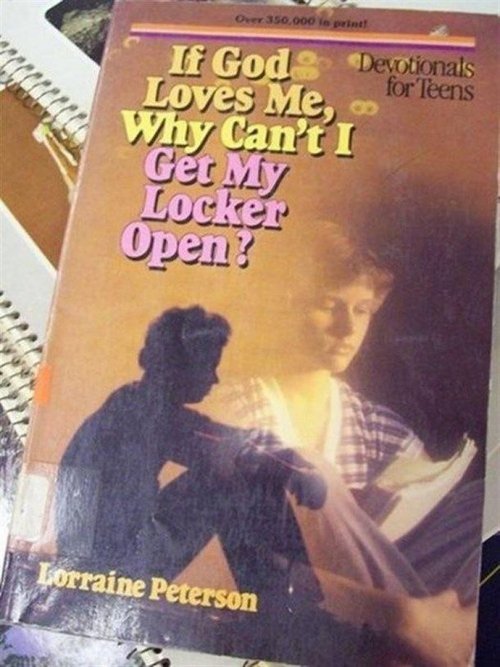



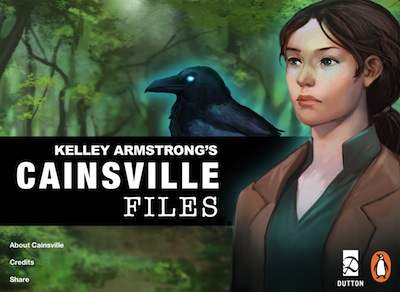
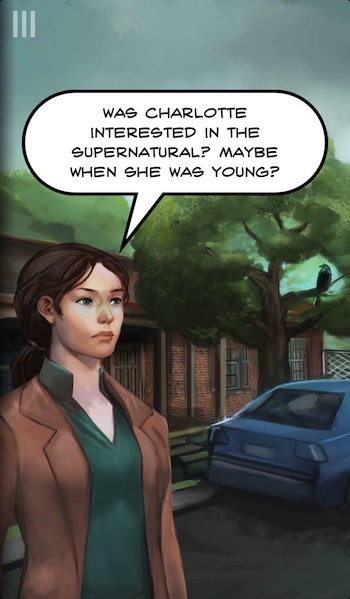 The app is a new style of story for us, that uses a unique “interactive graphic novel” design. Somewhere between a comic-book, a visual novel, and an inklebook, Cainsville Files is probably the most visually rich app we’ve done yet, thanks to awesome background and character art by
The app is a new style of story for us, that uses a unique “interactive graphic novel” design. Somewhere between a comic-book, a visual novel, and an inklebook, Cainsville Files is probably the most visually rich app we’ve done yet, thanks to awesome background and character art by 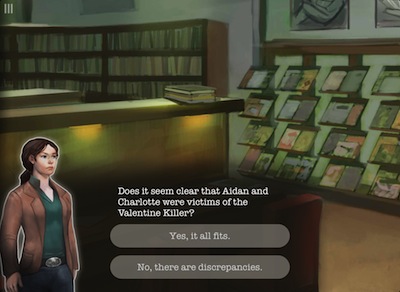
 I've personally wondered for a while now how social media could be better integrated into video game experiences. Inviting friends and tracking online high scores is all well and good, but it seems like there's a whole world of social opportunities that haven't yet been fully explored.
I've personally wondered for a while now how social media could be better integrated into video game experiences. Inviting friends and tracking online high scores is all well and good, but it seems like there's a whole world of social opportunities that haven't yet been fully explored. She continues, "I suppose the idea of simulating a social network must have come to me at some point during all those many, many hours I've probably spent on Facebook over the last seven years, and all the usual reflection that comes with it about how those things have affected how we relate to one another."
She continues, "I suppose the idea of simulating a social network must have come to me at some point during all those many, many hours I've probably spent on Facebook over the last seven years, and all the usual reflection that comes with it about how those things have affected how we relate to one another." This life-defining moment, and reflections on the future of space travel, led Khandaker to think: "Even if we do get ourselves together and humans have become this amazing, spacefaring civilization in 300 years, people are still going to be people; there'll always be people who are ever-so-slightly self-obsessed, share pictures of their food, and want to talk about every mundane detail of their life. But you know, that's most people, and that's okay!"
This life-defining moment, and reflections on the future of space travel, led Khandaker to think: "Even if we do get ourselves together and humans have become this amazing, spacefaring civilization in 300 years, people are still going to be people; there'll always be people who are ever-so-slightly self-obsessed, share pictures of their food, and want to talk about every mundane detail of their life. But you know, that's most people, and that's okay!" "So yes, you can enact this very cynical climb up the career and social ladders. Or maybe you just enjoy interacting with other characters in the game in and of itself. Either is totally fine."
"So yes, you can enact this very cynical climb up the career and social ladders. Or maybe you just enjoy interacting with other characters in the game in and of itself. Either is totally fine." Even with the most recent social media focuses on photo and video sharing, for example, the main principles of social networking have remained the same -- sharing, seeking approval from peers, etc. If anything, she reasons, social networks have all simply tried to copy each other. Just look at how Facebook recently added Twitter-like hashtags, while Instagram launched its own Vine.
Even with the most recent social media focuses on photo and video sharing, for example, the main principles of social networking have remained the same -- sharing, seeking approval from peers, etc. If anything, she reasons, social networks have all simply tried to copy each other. Just look at how Facebook recently added Twitter-like hashtags, while Instagram launched its own Vine.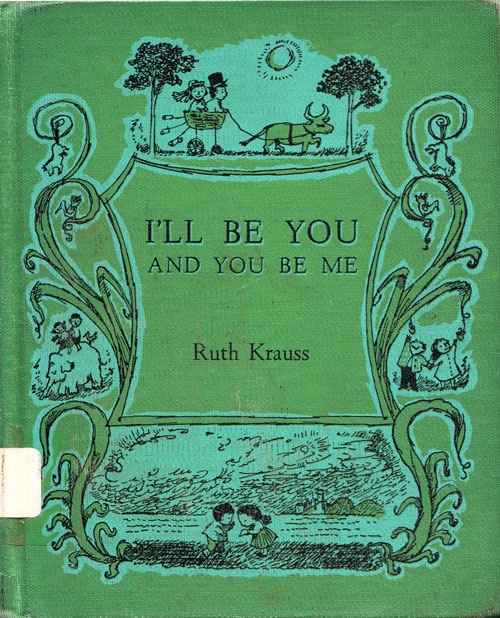
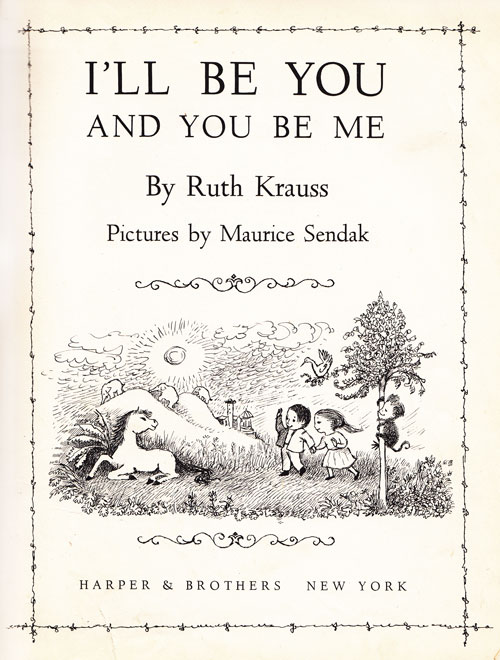
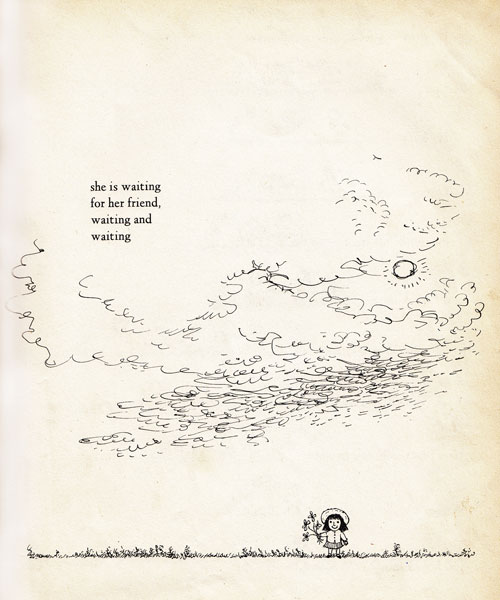
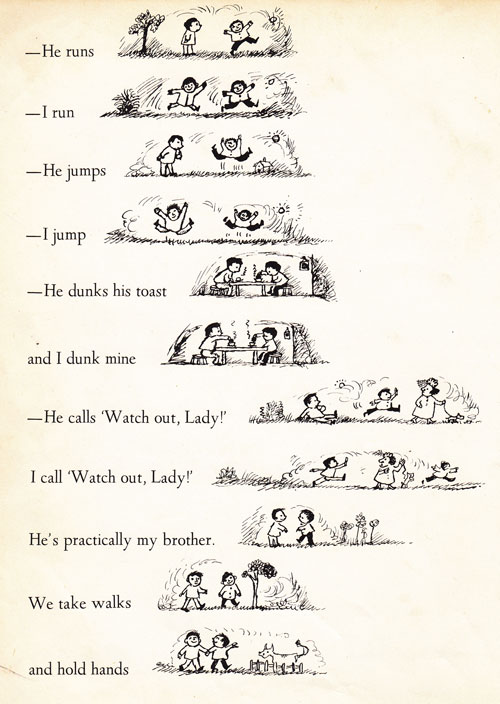
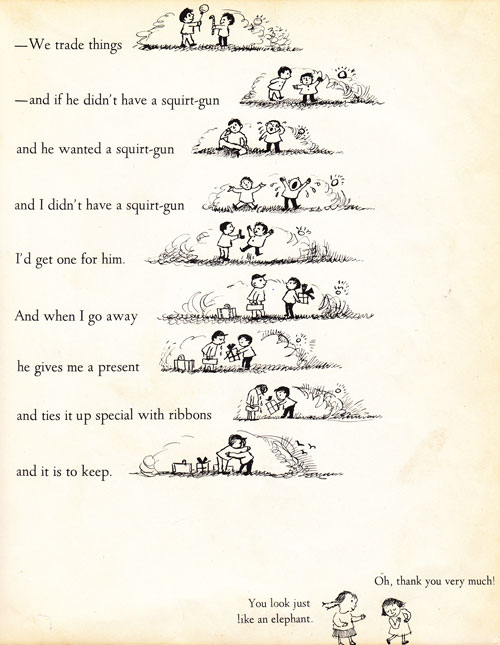
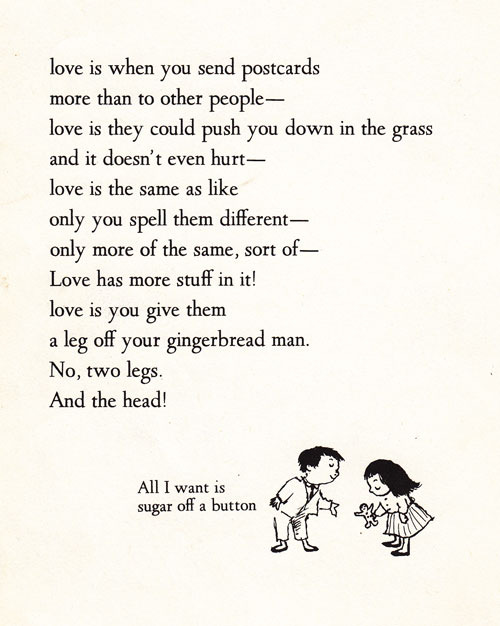
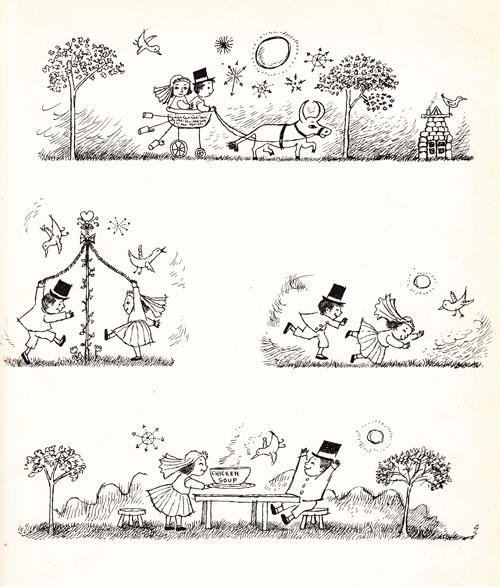
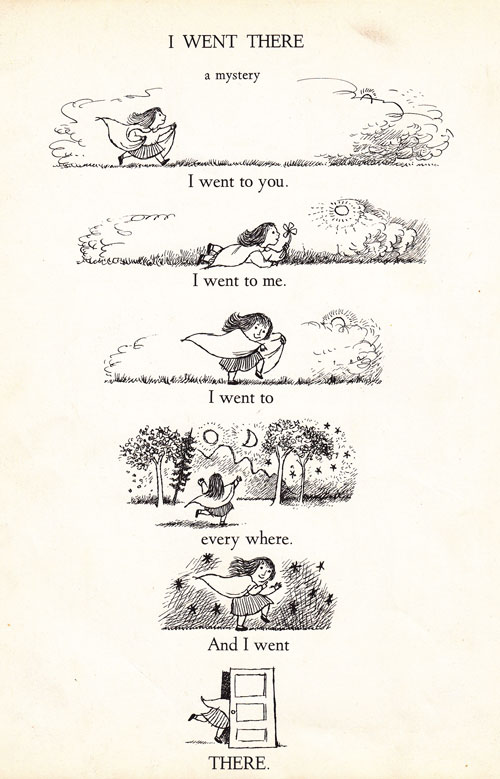
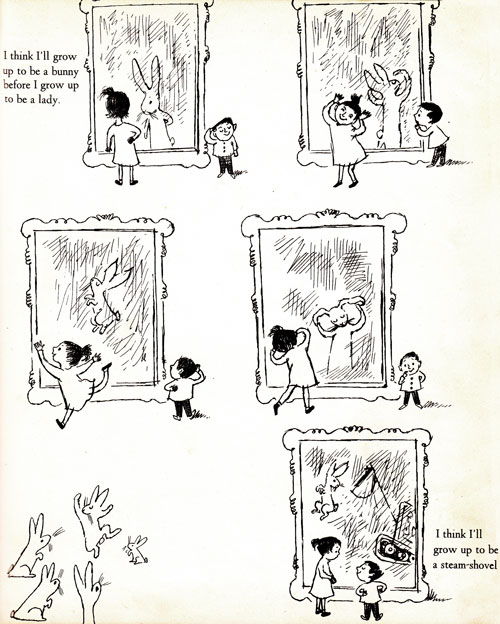
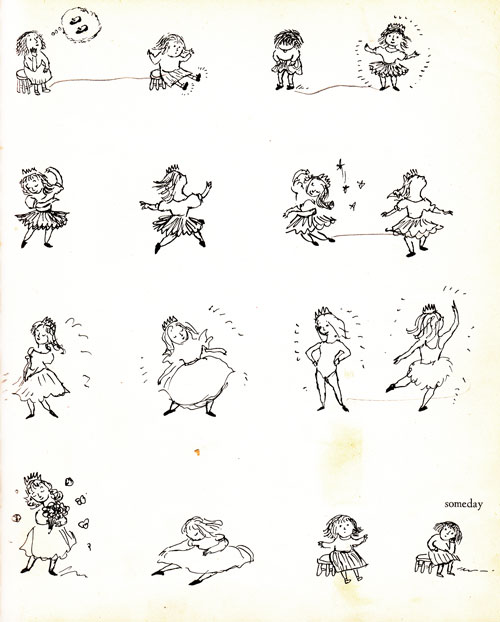
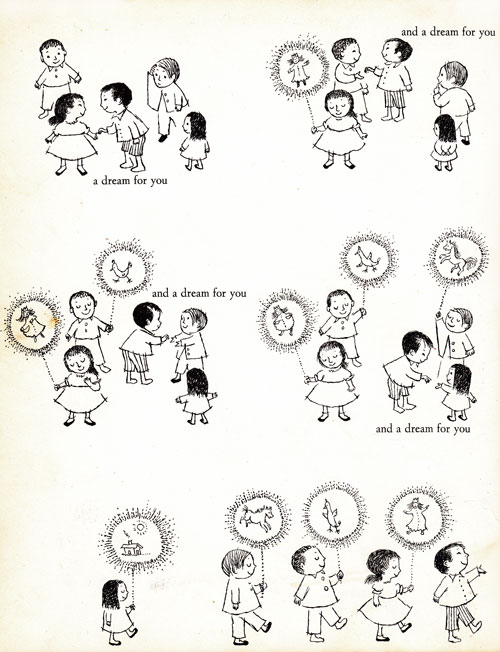
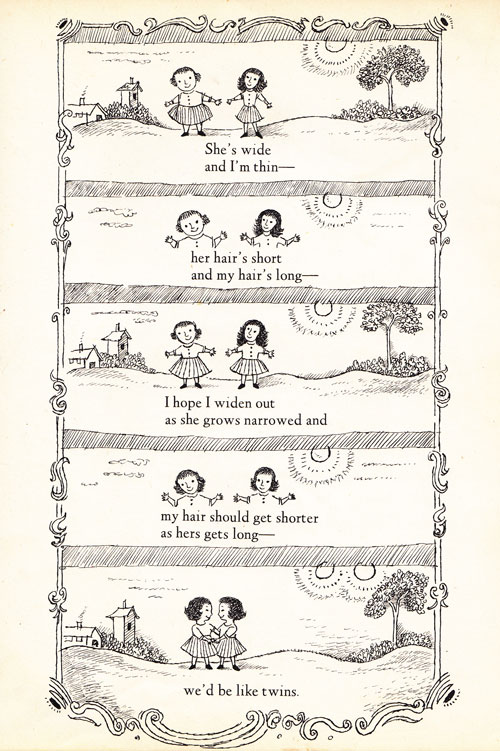
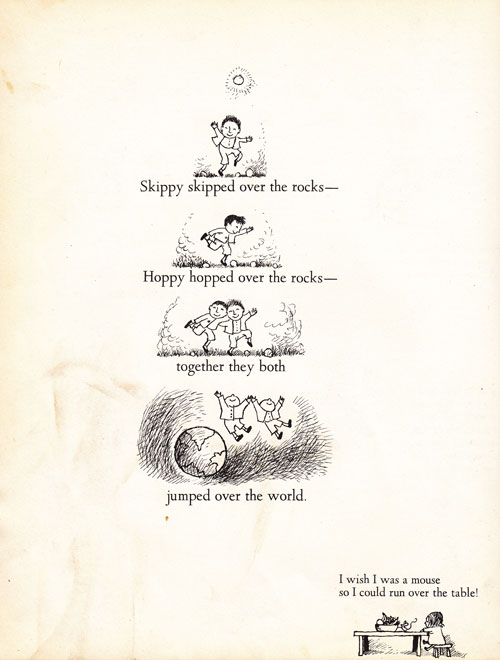
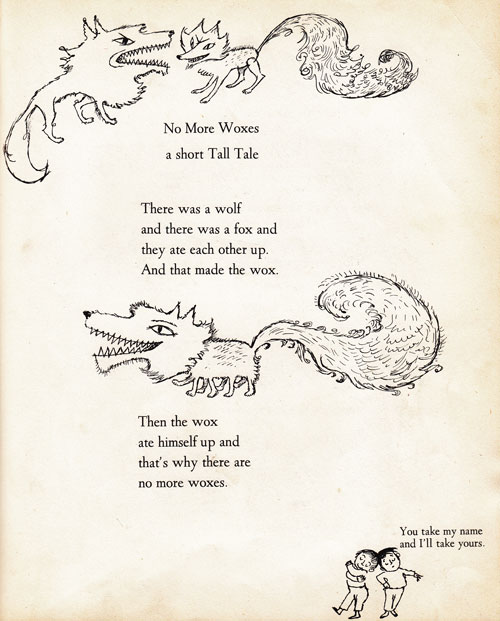
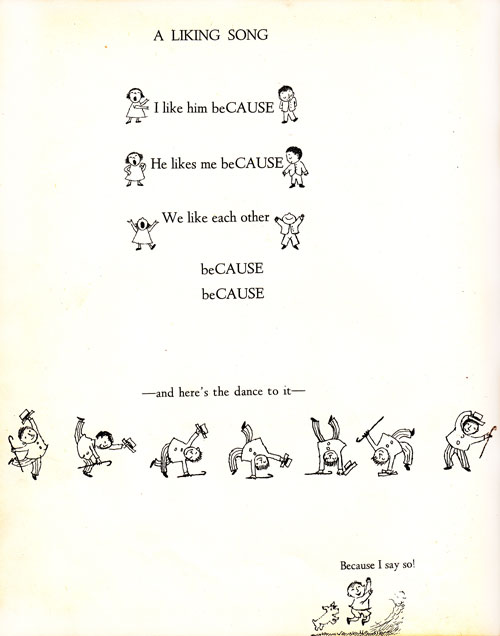


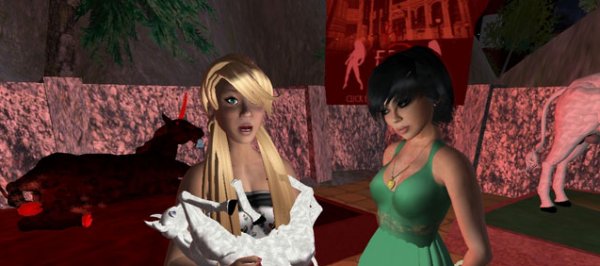




 [
[






 the GD staff offer some parting thoughts on the future of the industry. ...
the GD staff offer some parting thoughts on the future of the industry. ...






